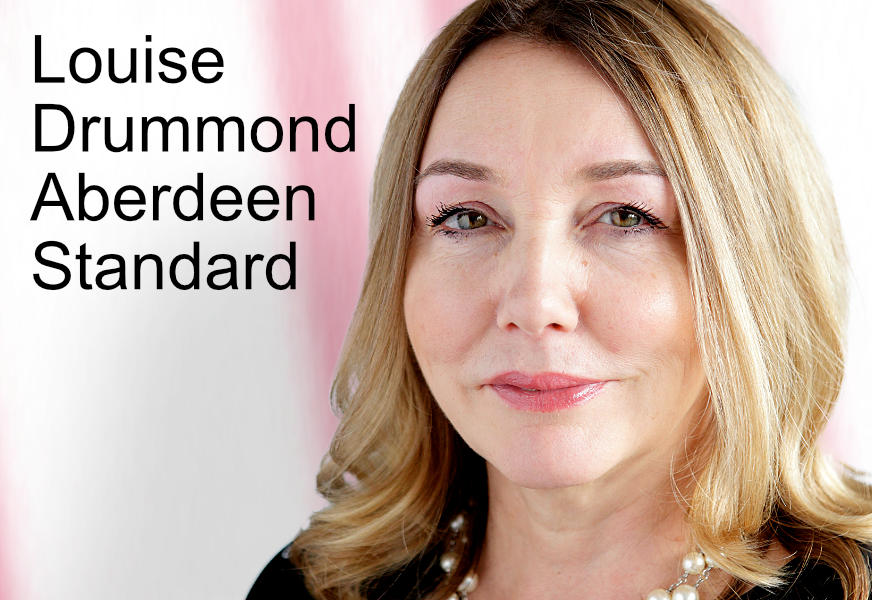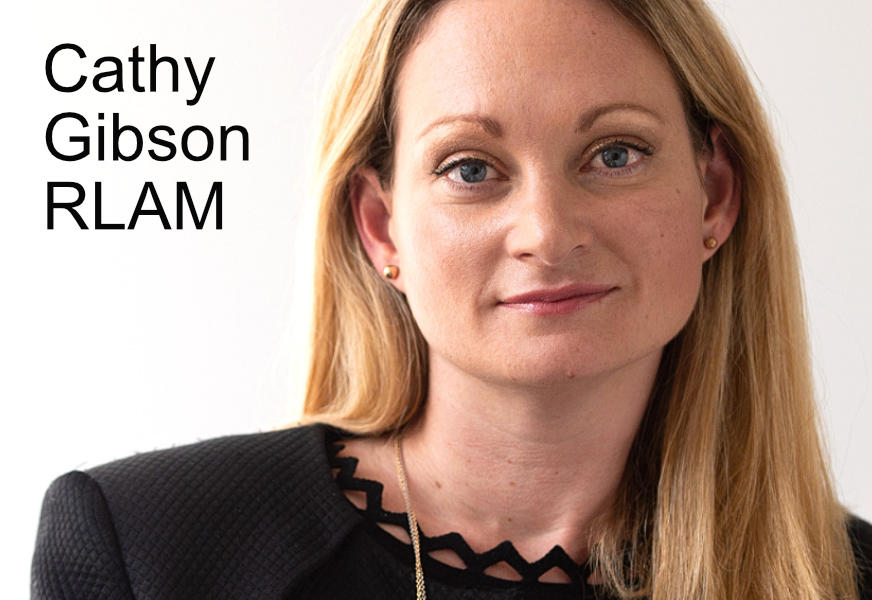By Dan Barnes.
Traders are still fighting for better data and transparency – in the right places – at FILS Amsterdam 2018, but the elephant in the room is Brexit. There are concerns about the effect it will have, and the ongoing lack of certainty. It will potentially affect capital rules for the banks; if they have to run a UK-only book and a European book, can they cross hedge and collateralise on those books? If they cannot, the expense of either listed or over-the-counter trading could change, impacting how banks interact with buy-side clients.
There are also questions around whether firms might be required to report to more than one national competent authority. For example, if a bank has its book in Germany and a trade gets booked in the UK, both Germany’s BaFin and the UK’s Financial Conduct Authority (FCA) could insist on being reported to.
On the desk, many firms have seen little positive impact from January’s implementation of MiFID II, despite its promise of greater transparency. As a result the market is still facing a lack of information to help support trading decisions.
 “Getting technology that can understand the complexity of liquidity – and how it changes – will be really important,” says Louise Drummond, deputy global head of investment execution at Aberdeen Standard. “Understanding that liquidity can be there one day and not the next, very unevenly, is not simple to program.”
“Getting technology that can understand the complexity of liquidity – and how it changes – will be really important,” says Louise Drummond, deputy global head of investment execution at Aberdeen Standard. “Understanding that liquidity can be there one day and not the next, very unevenly, is not simple to program.”
Chris White, CEO of BondCliQ, says, “One of the surprising topics is that firms are still unsatisfied with the quality of data. There was certainly an assumption that MiFID II would bring forth better data in the market place, so I think we will hear a louder discussion around why we do not have better data. I also think you’ll see it as more of an issue for the sell side than the buy side.”
 Platform providers are still seen as a major possible source of innovation, and as one of the changes driven by MiFID II has been the push towards electronic trading, buy-side traders will need to see greater success in terms of platform connectivity and functionality.
Platform providers are still seen as a major possible source of innovation, and as one of the changes driven by MiFID II has been the push towards electronic trading, buy-side traders will need to see greater success in terms of platform connectivity and functionality.
“Looking at the future of trading, the direction of travel is that more trading is moving to platforms,” says Drummond. “The operational issues are how we can be more efficient by developing further high – and low-touch trading to support all the asset classes?”
While secondary markets have seen a plethora of liquidity aggregation platforms launched, with many closed or struggling to continue, primary markets are getting increasing attention from both Ipreo and the coalition of Citi, Goldman Sachs, and Wells Fargo who have built a rival.
 “Primary can be a key performance generator for all asset managers and if allocations are being given for reasons that aren’t entirely justifiable or equitable, that needs to become more transparent,” argues Cathy Gibson, head of trading at Royal London Asset Management.
“Primary can be a key performance generator for all asset managers and if allocations are being given for reasons that aren’t entirely justifiable or equitable, that needs to become more transparent,” argues Cathy Gibson, head of trading at Royal London Asset Management.
Ensuring the buy-side get a voice in these developments will be crucial says White. Gibson, who will be discussing this issue on Wednesday 7th, says that the new offerings will need to overcome several of the same issues that have been a challenge for secondary market platforms, if they are to be successful.
“Technology platforms have entered the primary space and this is very welcome to address some of the logistical inefficiencies in the syndication process, [but] integration with order management systems (OMSs) will be key for these efficiencies to be truly felt by buy-side participants,” she says.
©TheDESK 2018
TOP OF PAGE

















